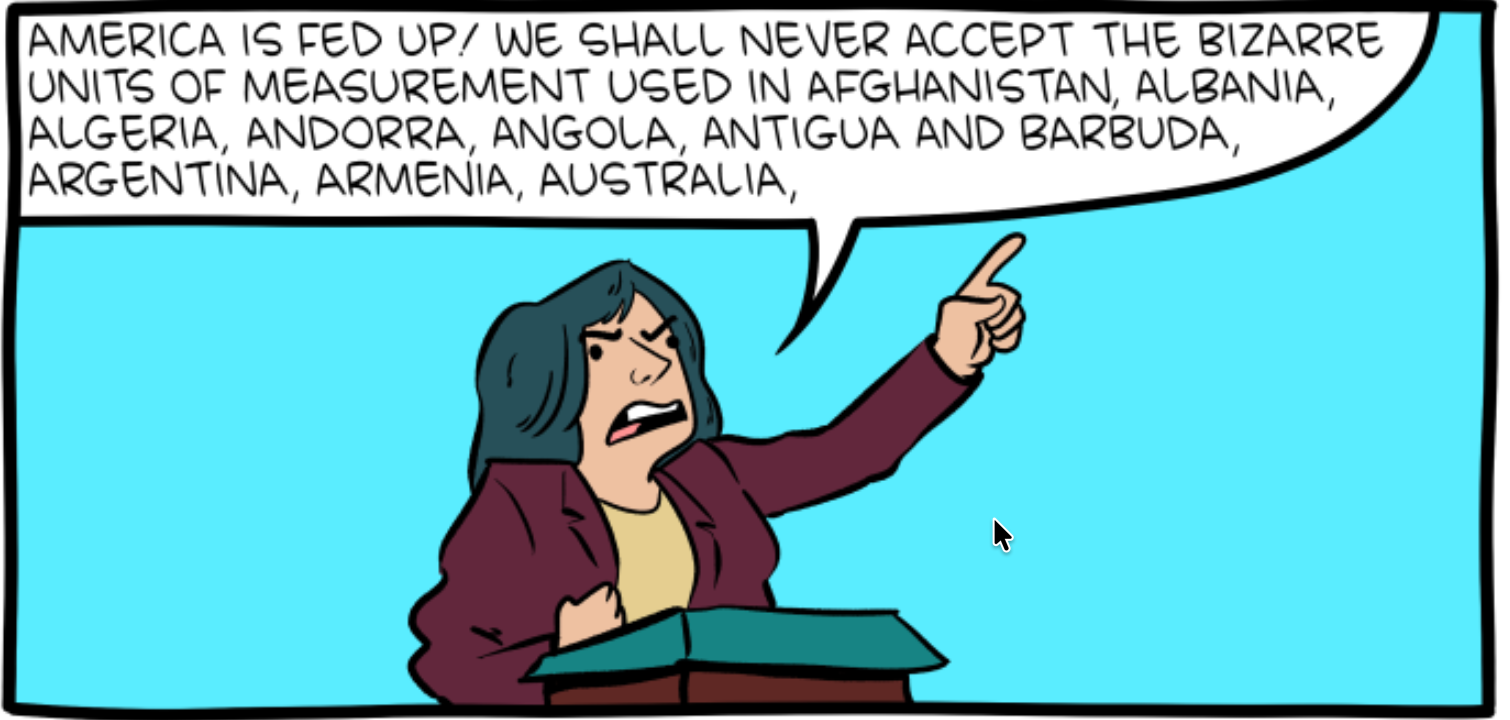The tyranny of literacy
Following on Mark's "Literacy: peasants and philosophers" (10/10/25) yesterday, also a number of posts on this subject that we have written in the past (see the bibliography), i herewith offer an account of myth and literacy:
Memories within myth
The stories of oral societies, passed from generation to generation, are more than they seem. They are scientific records
By Patrick Nunn, Aeon (4/6/23)
This is a long, richly documented article, from which I will take only a few representative selections. It begins:
In the 1880s, the American journalist William Gladstone Steel made several visits to a freshwater lake that filled the caldera of an extinct volcano in Oregon. For Steel, these visits were the fulfilment of a dream that began while he was just a schoolboy in Kansas. It was one day in 1870, while reading the newspaper wrapped around his school lunch, that he noticed an article about the ‘discovery’ of a spectacular body of freshwater named Crater Lake. ‘In all of my life,’ Steel would later recall, ‘I never read an article that took the intense hold on me that that one did…’ When he finally made it to the lake in 1885, he was so captivated that he determined to have the area designated as a National Park. But designation was not easily gained and required extensive documentation of the region.
Read the rest of this entry »

